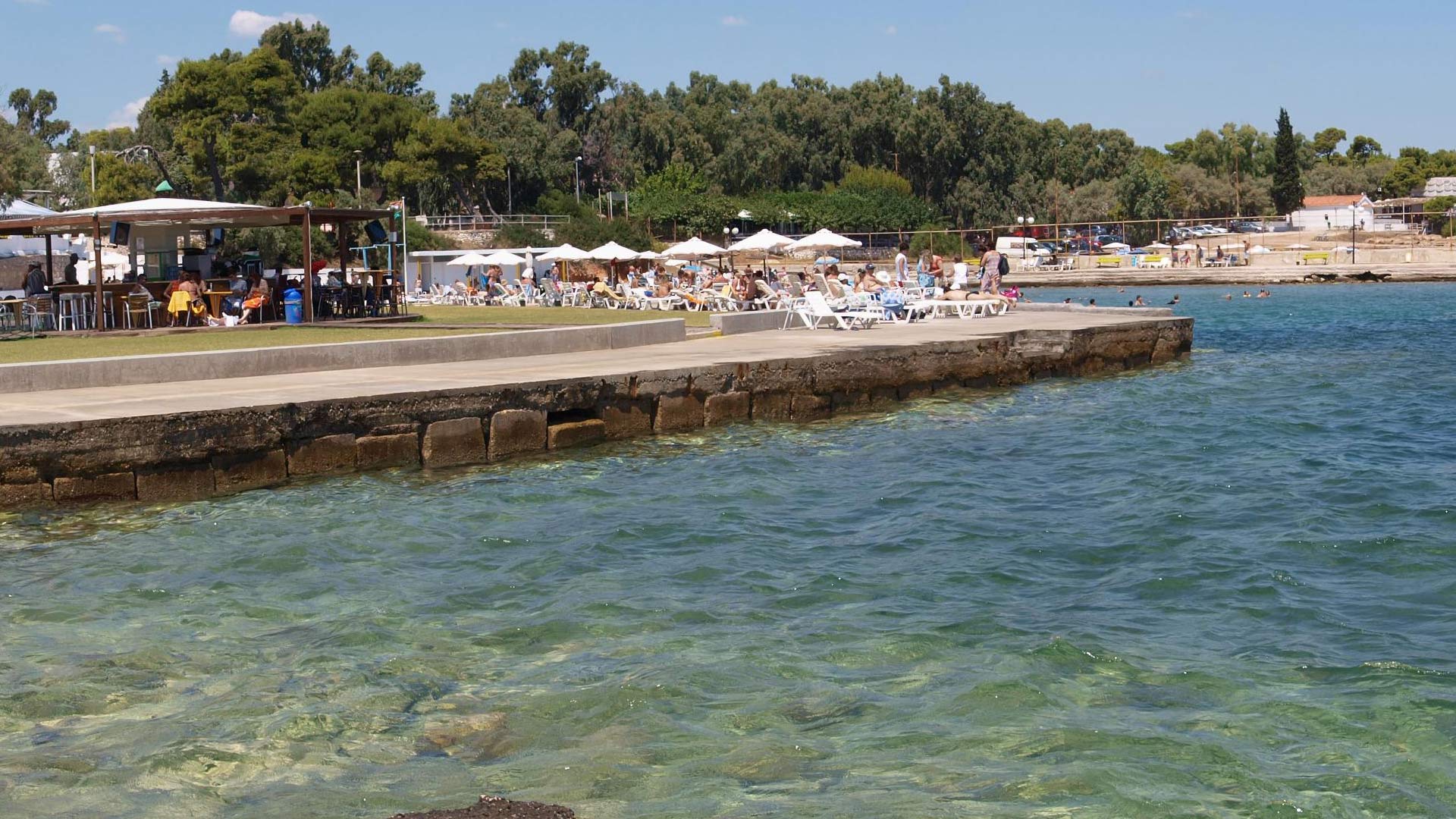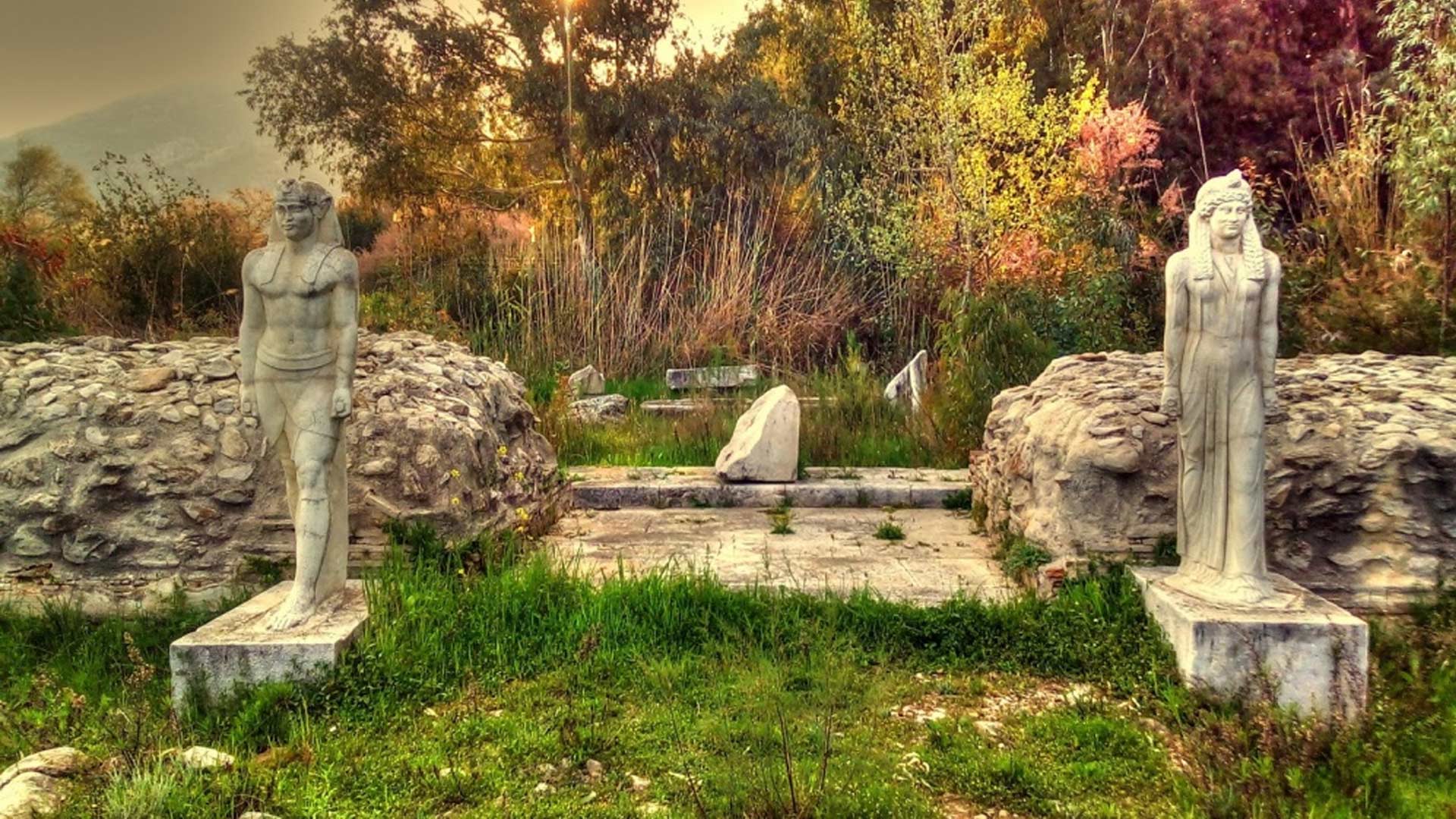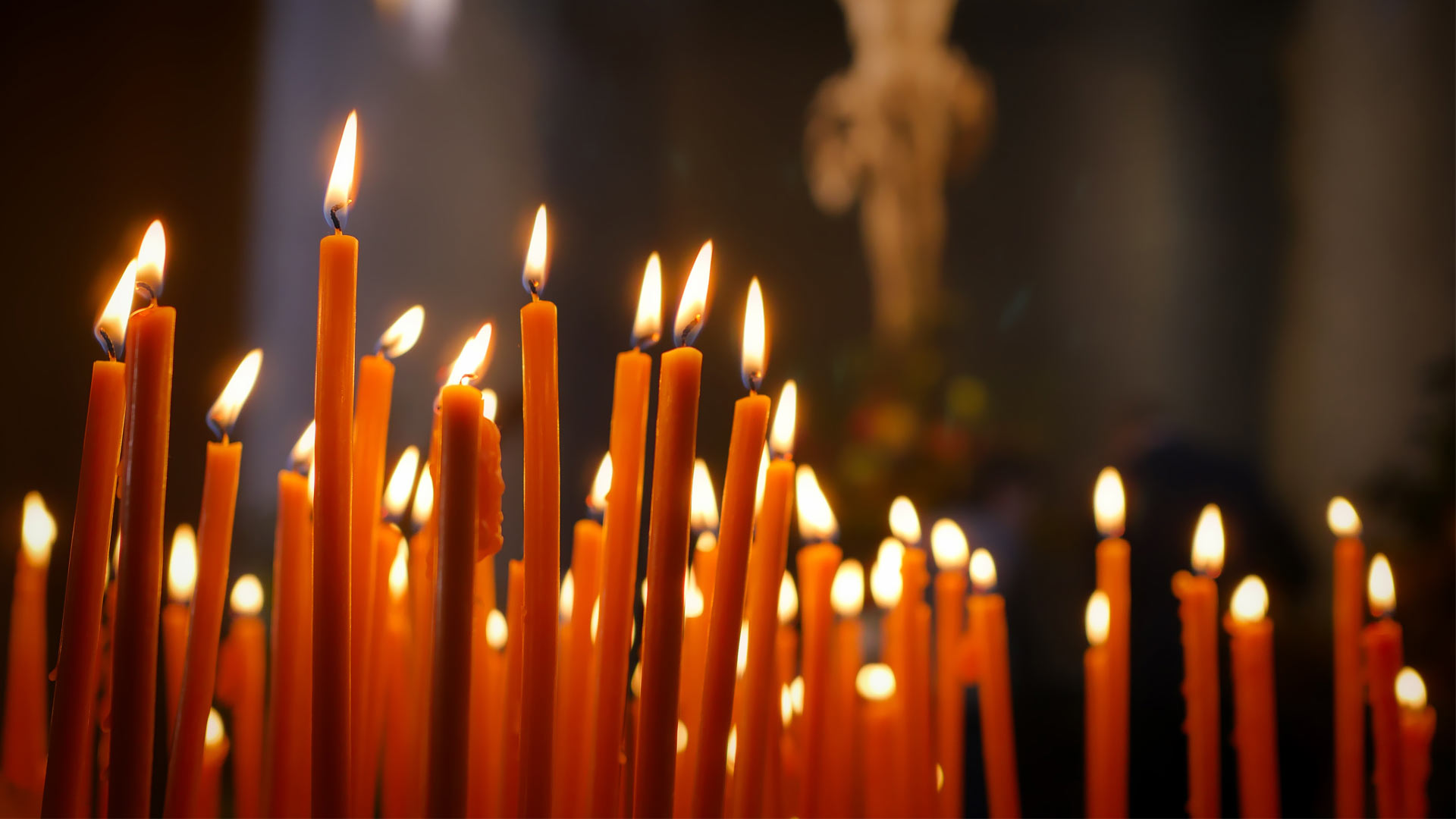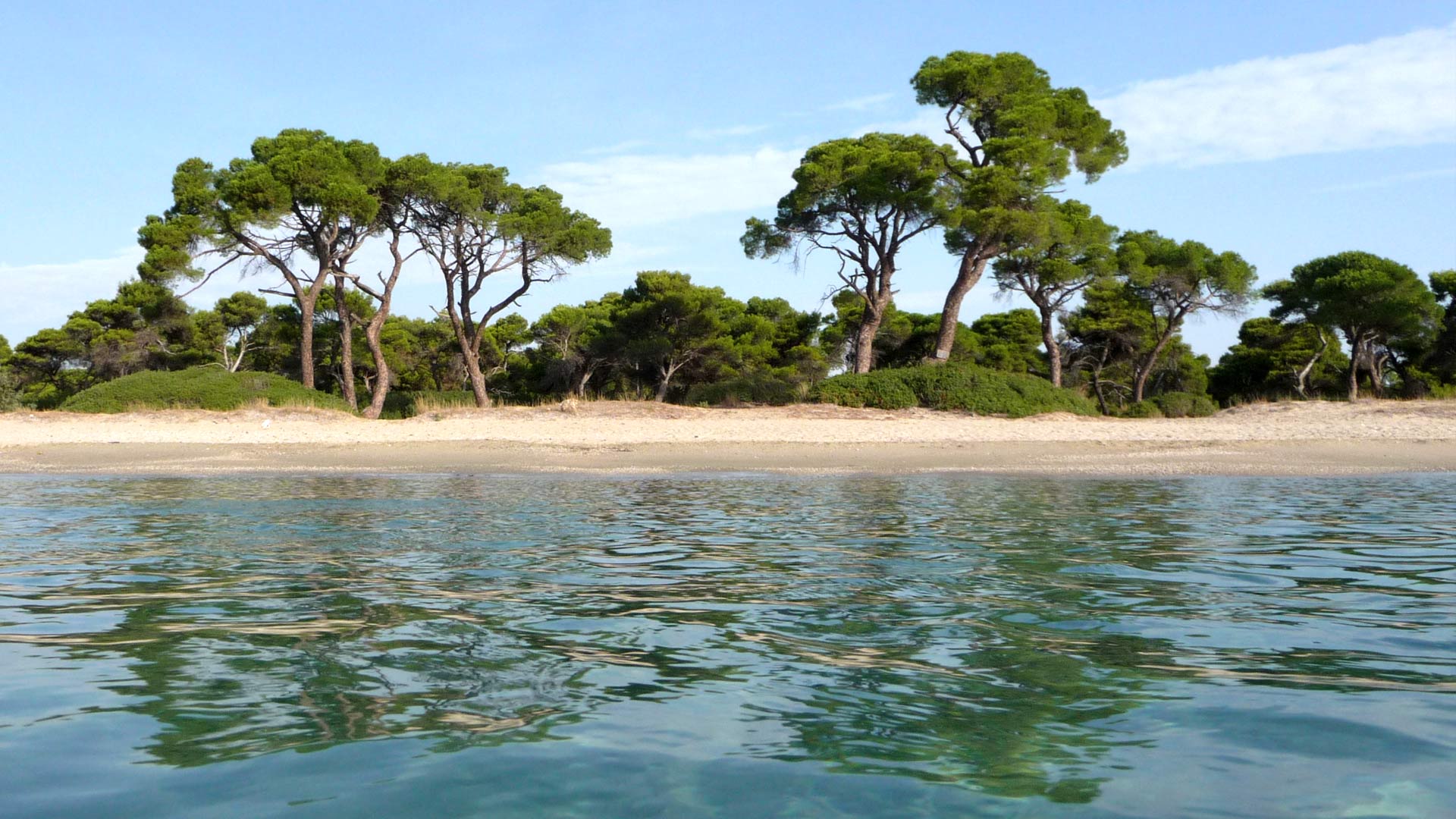Nea Makri dominates beautiful in the North-eastern side of Attica, in an exceptional landscape where the green of the forest competes with the blue of the sea. It borders northwards with Marathon, south with Rafina, westwards with the mountain range of Pentelikon, while it lies to the east of South Evia on a coastline of about 10 km. It was founded in 1924 by the Asia Minor refugees of the Ionian towns of Makris and Livissi.
It is 32 km from Athens and 12 km from "Eleftherios Venizelos" Airport. Traffic is served by the KTEL of Attica. The residential, economic and tourist development of Nea Makri has been rapid. A holiday and tourist paradise in the summer months triple its population and hosts thousands of people in its modern tourist infrastructure.
Surrounded by idyllic beaches with shallow blue waters, most organized. The most popular are: the beach of Nea Makri the busy Mati, the Zouberry beach bar and water sports, Saint Andreas, Sesi Grammatiko, Schinias, the beach of Marathon, the beach of Brexiza and the nearby homonymous wetland with its archaeological site that attracts many visitors every year.
The monastery of St. Ephraim, in Nea Makri, is a place of pilgrimage to a saint who lived between 1384 and 1426, he became known for his miracles and now his relic is a pole of attraction for thousands of believers each year, especially people seeking cure of diseases.



